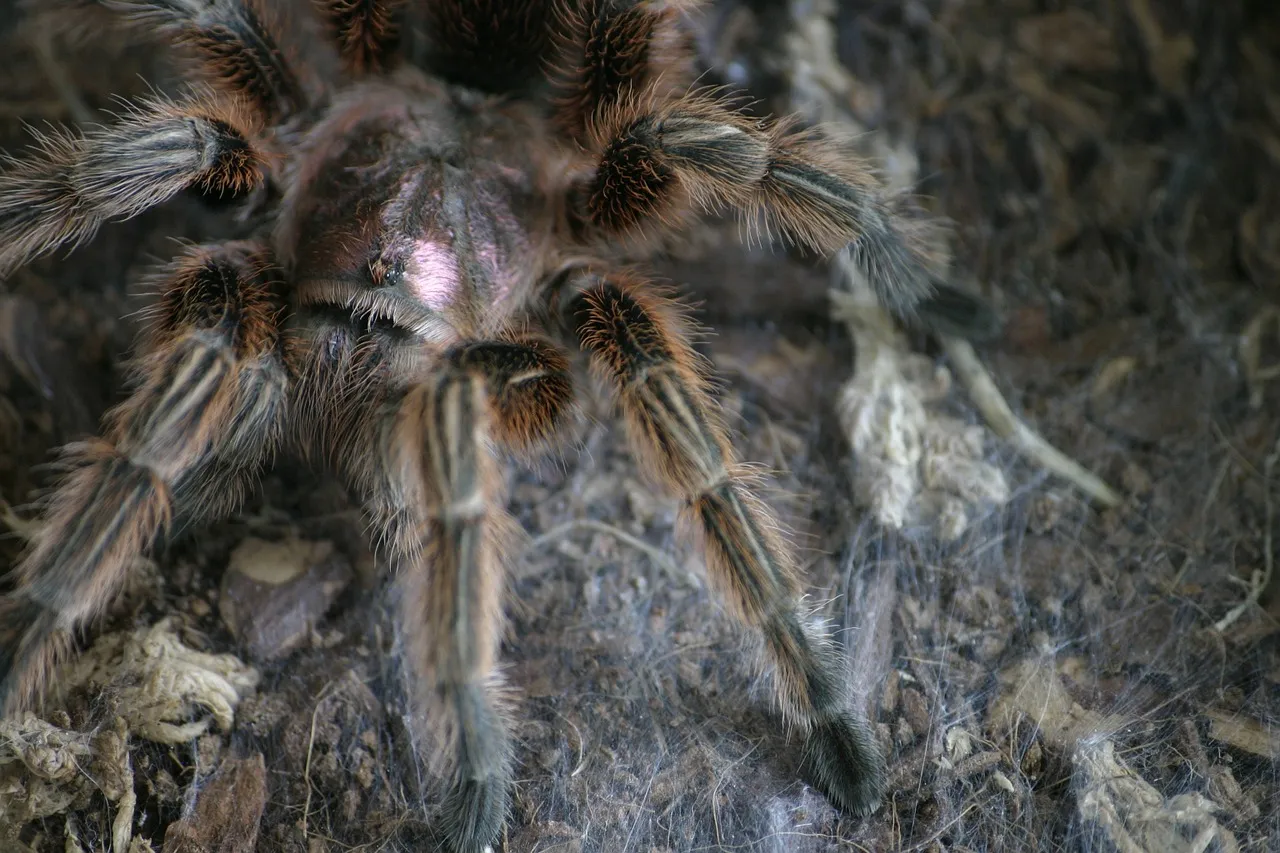Chilean Rose Tarantula Habitat Essentials
Creating the perfect habitat is paramount for the health and happiness of your Chilean Rose Tarantula (Grammostola rosea). These fascinating creatures, native to the dry, arid regions of Chile, thrive in a carefully constructed environment that mimics their natural habitat. Understanding the essential elements of a suitable enclosure will ensure your tarantula lives a long, healthy, and stress-free life. This guide will walk you through the five crucial aspects of a Chilean Rose Tarantula habitat, ensuring you provide the best possible care for your eight-legged friend. From choosing the right enclosure to maintaining optimal temperature and humidity, each element plays a vital role in your tarantula’s well-being.
Enclosure Size and Type
The enclosure is the foundation of your Chilean Rose Tarantula’s habitat. Selecting the appropriate size and type is crucial for their comfort and safety. A good rule of thumb is to provide an enclosure that is at least three times the tarantula’s leg span in width. This allows ample space for movement and exploration, reducing stress and promoting natural behaviors. The enclosure should be secure, preventing escapes, and easy to clean and maintain. A clear view of the enclosure is also important for monitoring the tarantula’s health and behavior.
Choosing the Right Enclosure
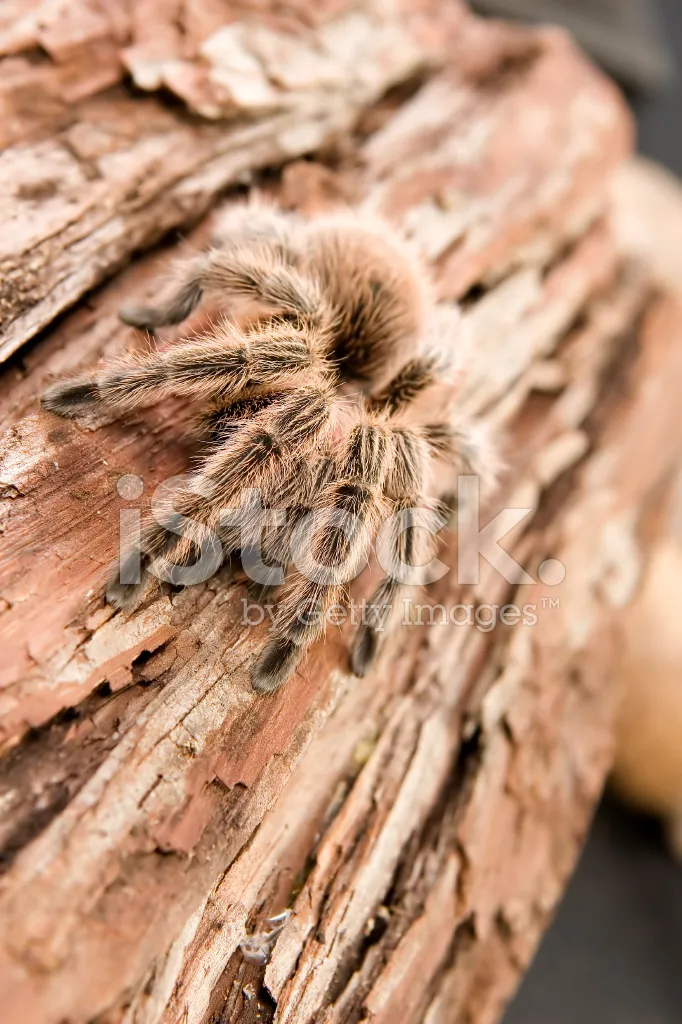
Glass or acrylic terrariums are excellent choices. Glass enclosures offer great visibility and are relatively easy to clean. Acrylic enclosures are lighter and less prone to shattering. Both materials provide a secure environment when paired with a secure lid. Avoid enclosures with screen tops, as they can be difficult to maintain humidity levels and may pose a risk of the tarantula getting its legs caught. The enclosure should have a secure top to prevent escapes, as Chilean Rose Tarantulas are capable climbers.
Ventilation Importance
Proper ventilation is crucial to prevent the build-up of mold and mildew in the enclosure. Adequate airflow also helps regulate humidity levels, which are essential for the tarantula’s health. Ensure the enclosure has ventilation holes, preferably on the sides or top, but avoid excessive airflow that could dry out the habitat. The placement of ventilation is important – it should not directly blow onto the tarantula’s hiding place. If the ventilation is insufficient, you may need to adjust the humidity levels to avoid issues.
Substrate Selection
The substrate serves as the flooring of your tarantula’s habitat, providing a comfortable surface, aiding in humidity regulation, and allowing the tarantula to burrow if it chooses. The choice of substrate is essential for the overall well-being of your Chilean Rose Tarantula. Selecting the right materials not only supports the tarantula’s natural behaviors but also contributes to a clean and healthy environment. The substrate should be non-toxic, easy to clean, and capable of retaining some moisture to help maintain the desired humidity levels within the enclosure.
Ideal Substrate Materials
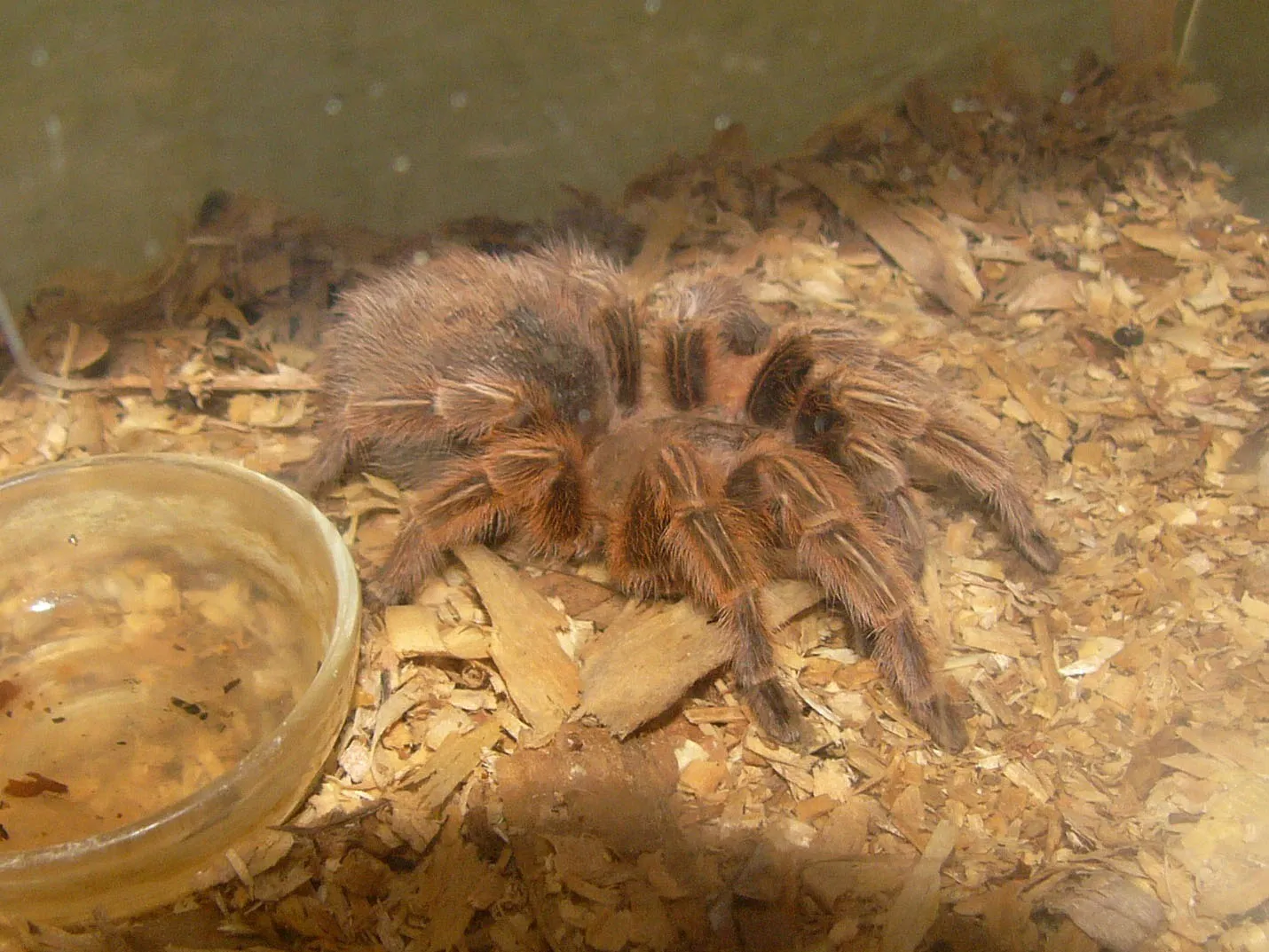
A mix of substrates often works best. Coconut fiber (also known as coco coir) is an excellent choice as a base, providing good moisture retention and being relatively mold-resistant. Sphagnum moss can be added to boost humidity. Other suitable options include peat moss and a small amount of vermiculite. Avoid substrates that are dusty or contain chemicals, as these can be harmful to your tarantula. The substrate should be changed regularly to prevent the build-up of waste and maintain a clean environment.
Depth of Substrate
The depth of the substrate depends on the size of your tarantula. For a juvenile, a substrate depth of 2-3 inches is generally sufficient. As your tarantula grows, increase the depth to 4-6 inches. This allows them to burrow if they choose, which is a natural behavior for some tarantulas and helps them feel secure. The depth also helps regulate humidity levels by allowing the substrate to retain more moisture.
Temperature and Humidity Control
Chilean Rose Tarantulas thrive in specific temperature and humidity ranges. Maintaining these conditions is crucial for their health, molting process, and overall well-being. Both temperature and humidity levels should be monitored regularly to ensure they remain within the appropriate ranges. Using a thermometer and hygrometer is highly recommended to keep track of the conditions within the enclosure. Incorrect environmental parameters can lead to various health issues, so paying close attention to these factors is essential.
Maintaining Optimal Temperature
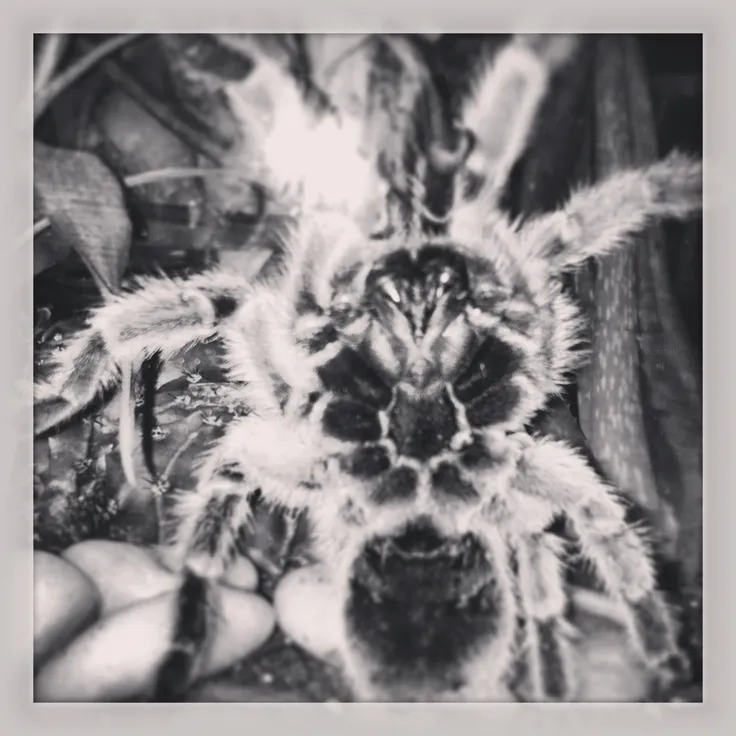
The ideal temperature range for a Chilean Rose Tarantula is between 75-85°F (24-29°C). A heat source may be necessary if your home’s ambient temperature falls below this range. A low-wattage heat mat placed on the side of the enclosure can be used to provide gentle heat. Avoid placing the heat mat directly under the enclosure, as this can cause the substrate to dry out too quickly and potentially harm the tarantula. Regularly check the temperature with a thermometer to ensure it remains within the recommended range.
Monitoring Humidity Levels
Chilean Rose Tarantulas prefer a humidity level of 60-70%. This can be maintained by misting the enclosure with dechlorinated water once or twice a week, depending on your local climate. You can also add a shallow water dish (more on this later). Avoid over-misting, which can lead to mold growth. Monitoring humidity is easily done using a hygrometer, which will provide you with accurate readings. The humidity level is essential for successful molting and overall hydration of the tarantula.
Providing Hiding Places and Decor
Tarantulas are naturally shy creatures, and providing a secure hiding place is crucial for their well-being. This allows them to retreat and feel safe, reducing stress and promoting their natural behavior. The decor should also mimic their natural environment to the extent possible, enriching their lives and giving them a sense of security. The arrangement and choice of decor should be well-thought-out to provide both aesthetic appeal and functional value.
Essential Decor Items
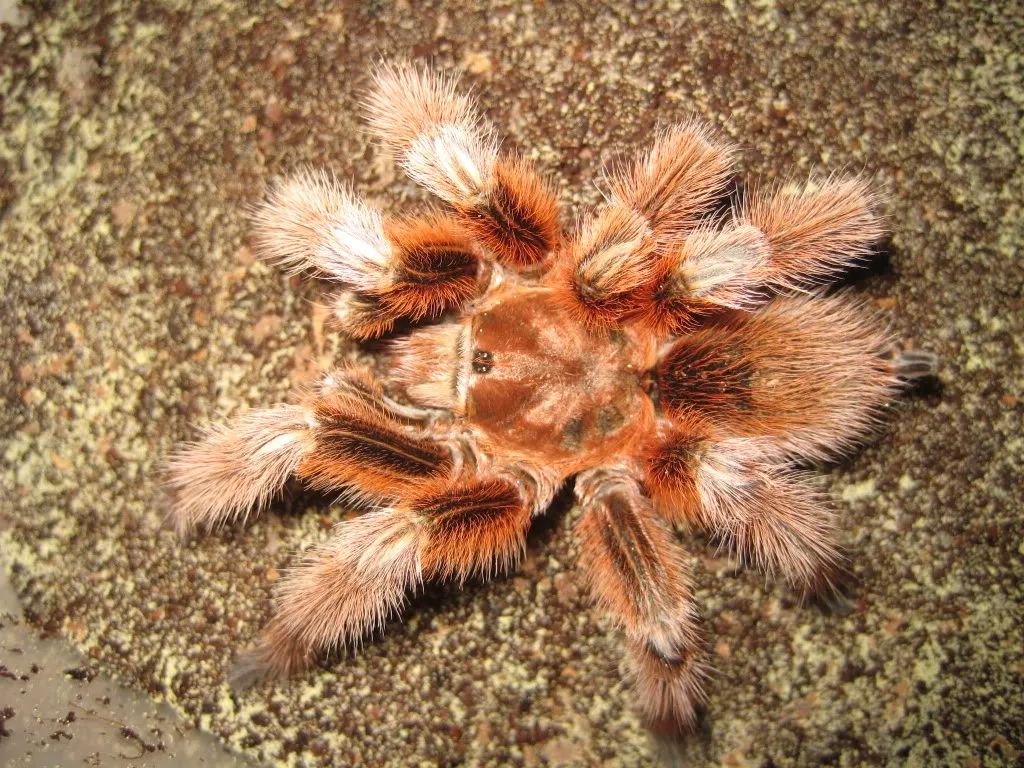
A hide is the most important item. This can be a half-log, a piece of cork bark, or a commercially available tarantula hide. Make sure the hide is the appropriate size for your tarantula; it should be large enough for the tarantula to comfortably fit inside. Other decor options include artificial plants, which provide a naturalistic environment and help with humidity. Ensure any decor is clean, non-toxic, and securely placed to prevent it from falling and potentially harming your tarantula.
Benefits of Hiding Places
Hiding places reduce stress by providing a secure retreat, allowing the tarantula to feel safe and secure in its environment. This is especially important during molting when tarantulas are vulnerable. A hide can also encourage the tarantula to exhibit its natural behavior, such as ambushing prey. A well-placed hide gives the tarantula a place to feel comfortable and hidden, making it a happy and well-adjusted pet. A stressed tarantula is more prone to illness and a shorter lifespan.
Water and Feeding
Providing access to fresh water and a suitable diet are fundamental aspects of tarantula care. Proper hydration and nutrition are essential for the health, growth, and overall well-being of your Chilean Rose Tarantula. Water and food provide the necessary resources for these spiders to thrive in captivity. The way you present the water and food also plays a crucial role, ensuring they are both easily accessible and safe for the tarantula. Always prioritize the cleanliness and safety of both food and water sources.
Water Source and Availability
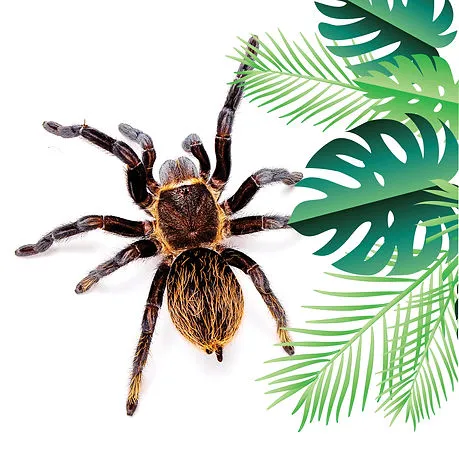
A shallow water dish is essential to provide your tarantula with a constant water source. The dish should be small enough that the tarantula can’t fall in and become trapped but large enough for easy access. Use a shallow dish to prevent drowning. Always use dechlorinated water. Regularly clean the water dish to prevent the growth of bacteria and other contaminants. A small, absorbent sponge can also be placed in the water dish to provide additional hydration and a place for smaller tarantulas to drink safely.
Feeding Frequency and Food Options
Chilean Rose Tarantulas are opportunistic feeders, meaning they will eat whenever food is available. Juvenile tarantulas should be fed 2-3 times a week, while adults can be fed once a week or even less frequently. The frequency of feeding depends on factors such as the tarantula’s size, age, and activity level. Appropriate food options include crickets, mealworms, dubia roaches, and other insects readily available at pet stores. The size of the prey should be no larger than the tarantula’s abdomen. Remove any uneaten prey within 24 hours to prevent them from stressing the tarantula.
In conclusion, establishing and maintaining a suitable habitat is a vital part of providing a healthy and fulfilling life for your Chilean Rose Tarantula. By focusing on enclosure size, substrate selection, temperature and humidity control, providing hiding places, and ensuring proper water and feeding practices, you’ll create an environment where your tarantula can thrive. Consistent monitoring and adjustments will ensure that your eight-legged friend remains happy and healthy for years to come. Following these essential guidelines will help you to create an ideal home for your pet tarantula, allowing you to enjoy watching its fascinating behaviors.
